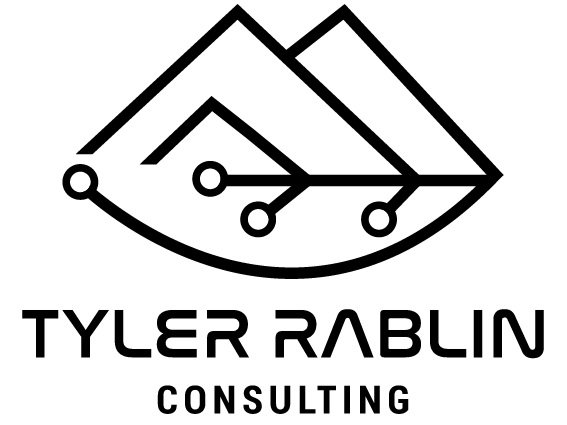So They Didn't Get It. Now What?: Differentiation with Google Forms
Growing up I loved those 'choose your own adventure' stories. The possibilities were endless, and half the fun was choosing incorrectly. You'd make the wrong choice and be abducted by extra-terrestrials, questioned on their planet, and then hopefully make it home alive. There was a sort of joy in choosing wrong because you would immediately figure out whether or not you chose correctly and then could go back and try again.
I never connected this to the classroom until I stumbled across the concept of hinge point questions. I understood the basic concept of differentiation, but I always assumed the differentiation happened between classes. You would have students do an assessment at the end of class, and then at the beginning of the next class you would do some differentiated activity. The concept of hinge point questions made me begin to ask myself this question: "How immediate can I get in my differentiation?"
That question was my Pandora's box. I began trying out strategies in class with color-coding answers with follow-up tasks and pairing students up based on answers, but through it all I still wondered, "Can I do this faster?"
In his great TED Talk titled "Can Skateboarding Save Our Schools?" Dr. Tae brings up the fact that skateboarders are constantly getting feedback in real time. When they don't land a trick, they immediately get feedback (from their board, the pavement, gravity, etc.) and adjust their practice based on that feedback. Then, they try it again. And again. And again. And eventually, they get it.
So then my question switched from "Can I do this faster?" to "Can I give immediate feedback in real time?" Impossible? Not exactly.
To do it, though, we have to merge the 'choose your own adventure' stories, Dr. Tae's skateboarding advice, and technology. (See poorly drawn mind map for illustration.)
Yeah, this was my first thought:
Despite the seemingly insurmountable challenge, there was an answer: Google Forms. More specifically, I found the answer in Google Forms' "Go to Section" feature. For the full explanation, watch the video below.
I never connected this to the classroom until I stumbled across the concept of hinge point questions. I understood the basic concept of differentiation, but I always assumed the differentiation happened between classes. You would have students do an assessment at the end of class, and then at the beginning of the next class you would do some differentiated activity. The concept of hinge point questions made me begin to ask myself this question: "How immediate can I get in my differentiation?"
That question was my Pandora's box. I began trying out strategies in class with color-coding answers with follow-up tasks and pairing students up based on answers, but through it all I still wondered, "Can I do this faster?"
In his great TED Talk titled "Can Skateboarding Save Our Schools?" Dr. Tae brings up the fact that skateboarders are constantly getting feedback in real time. When they don't land a trick, they immediately get feedback (from their board, the pavement, gravity, etc.) and adjust their practice based on that feedback. Then, they try it again. And again. And again. And eventually, they get it.
So then my question switched from "Can I do this faster?" to "Can I give immediate feedback in real time?" Impossible? Not exactly.
To do it, though, we have to merge the 'choose your own adventure' stories, Dr. Tae's skateboarding advice, and technology. (See poorly drawn mind map for illustration.)
I needed some way to do the following things:
- Identify specific misunderstandings students had about a concept
- Give the student feedback as soon as they answered incorrectly
- Reteach that material immediately
- Reassess the student in-the-moment to see if the reteaching worked
Yeah, this was my first thought:
Despite the seemingly insurmountable challenge, there was an answer: Google Forms. More specifically, I found the answer in Google Forms' "Go to Section" feature. For the full explanation, watch the video below.
By doing this, I found my way to give students immediate feedback on whatever we were working on. Not only that, but I could provide different instruction to any number of students at the exact same time! Is it as good as being able to sit down with each student one-on-one? Absolutely not, but it does help catch misunderstandings that can be pretty easily addressed or retaught without a long conversation.
With this method, and I truly believe this is the most important piece of it, students saw the value in making mistakes. They weren't penalized, but they were able to actually learn by making mistakes. So often we preach the value of learning through failure, but how often do we set up our classes to truly reflect this mindset?
Other ideas for how to differentiate instruction and feedback in-the-moment during a class activity? Leave a comment below. I'd love to gather more tools to better help my students.


